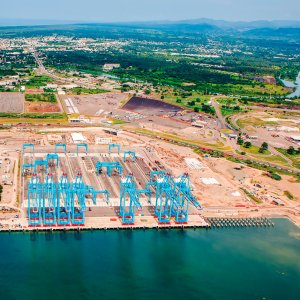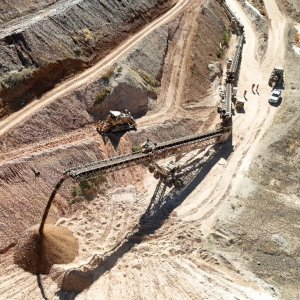Taking Tourism to Another Level

STORY INLINE POST
Q: How have time-share developers like the members in your group benefited from the growth in tourism?
A: Tourism is now the third largest industry in Mexico, surpassing the oil sector on which the country depended for years. The domestic sector grew at a sustainable 11.2 percent rate from 2012 to 2015, compared to 4.2 percent for the global industry. According to the United Nations World Tourism Organization, Mexico now ranks ninth as an international tourism destination, moving up from 15th. The country also is the world’s second-choice destination for time-share memberships and number one in Latin America. Many experts say the country is the best location for service quality and accommodation. The time-share industry is different from general tourism. It is growing by around 7 percent annually. In 2015 we sold about 210,000 memberships and we closed the year with 549 resorts offering our time-share model. We expect growth to continue. Regardless of the competition, we will be successful as long as we offer high-quality experiences and accommodations that differ from a regular vacation.
Q: What financial support do developers receive and what issues need to be addressed?
A: We used to work with FONATUR, the funding institute for development in tourism, but its role in providing loans to developers has diminished. AMDETUR still has access to loans from other institutions but we do not get the same conditions as other developers around the world. Spanish developers, for example, have a great number of projects in Cancun because they have longer terms to pay back the loans and more favorable interest rates than we do. If we had these same advantages and incentives, Mexican companies would be growing much faster. When it comes to tourism infrastructure, there is a lack of financial support and developers can come up against government bureaucracy. We are working with the Ministry of Tourism to simplify the process and speed up time frames for construction.
Q: How is the industry dealing with its challenges?
A: There are several challenges, including Mexico’s image in the eyes of many as an unsafe country. We are making a considerable effort to disprove this. Another obstacle is the US dollar exchange rate that is negatively impacting tourism domestically and from Canada.
In response, many developers have launched programs based on the Canadian dollar for tourists from Canada and the peso for domestic products. Regardless of these programs, it is still difficult to attract tourists from Canada and domestically who have been negatively impacted by the US dollar’s continued strength. The tourism industry also needs better infrastructure, such as airports with a higher capacity, improved roads and a more reliable Wi-Fi connectivity. Business executives have contributed to the rise in tourism by pressuring the government for support. Likewise, the government has given the Mexico Tourism Board promotions that do an excellent job endorsing the country and touristic cities.
Q: What trends are affecting the market?
A: Besides sustainability, tourists want a unique experience. This means entertainment, tours and inclusive activities. Our association´s principal destinations are Cancun, Riviera Maya, Cozumel, Los Cabos, Puerto Vallarta, Mazatlan, Acapulco, Ixtapa and Manzanillo. The most development opportunities and tourism options are in Cancun and the Riviera Maya. I believe there are opportunities for other groups in urban time shares and special destinations. New players like Airbnb are emerging and they definitely affect the market. We consider our main competitor to be the internet. Consequently, most of our developers are working together with search engines to be the top results for tourists looking for destinations via the web.






















